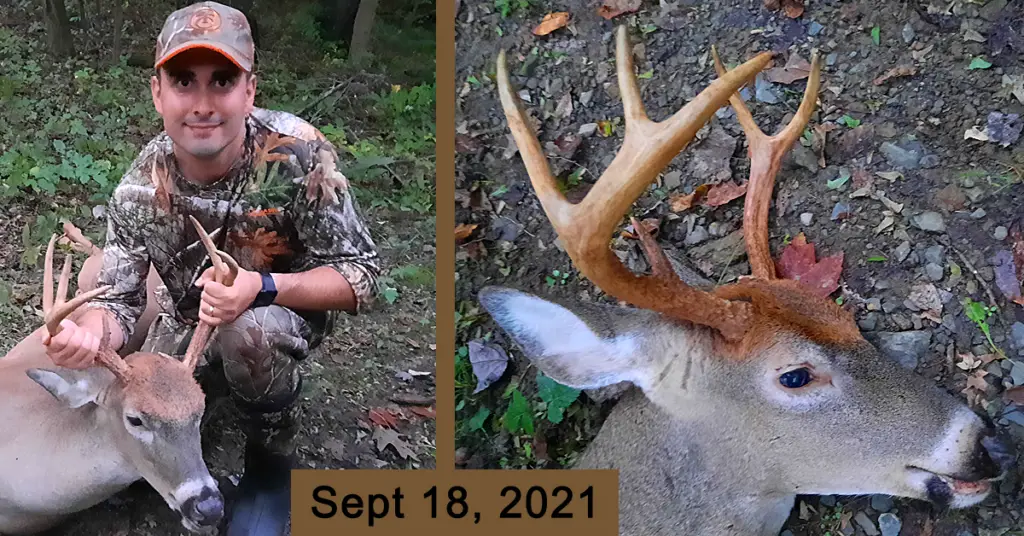The early deer season can be the best time of the year for hunting certain areas but it requires a unique set of strategies that is different from the rest of the year. On this episode I share the story of my early season whitetail buck and the tactics that helped me bring him home on opening day.
Take Aways
- Before the whitetail shift occurs, usually around the first frost, deer are often still in their summer habits and areas.
- Your normal deer hunting strategies for temperature, weather, and time of day do not carry as much weight in the early-early archery deer season.
- In the early season deer may be more used to human activity in areas closer to homes, farms, parks, etc. because more people are spending more time outside.
- The number one principle of early season hunting is scouting, in person or by camera.
- Deer movement patterns in the early season usually change greatly by the time of the rut, so if there is favorable activity then capitalize on it right away.
- If your hunting area has been soft on deer activity during the early season, do not lose heart, that may be the place the deer go once the shift occurs.
- Listen to the episode to hear about the early season strategies that helped get my 2021 buck.

